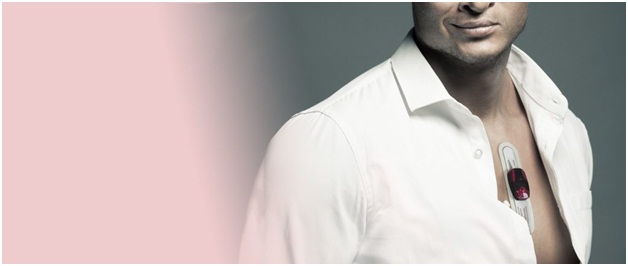What is a Holter monitor?
A Holter monitor is a small battery operated medical gadget that measures various heart activities such as the rhythm and heart rate. Your doctor might ask you to use one to get better information regarding how your heart functions than what they can gather while using an electrocardiogram (EKG). Holter monitoring is a continuous test meant to record the rhythm and rate of your heart. Typically, the Holter monitor is worn for 24 hours to 7 days with a doctor’s orders for the patient to continue with their regular daily routine. The device features electrical leads and electrodes similar to those found in a normal EKG, although the leads in the later are a little bit more. The gadget does not only pick up your heartbeat rhythm and rate, but in case you experiencing chest pains or exhibiting symptoms of being in distress, it will also record these alterations.
Holter monitor testing is also referred to as electrocardiography or Remote Cardiac Monitoring. There are still other devices that are used to measure the heart’s activities for more extended periods. Recording the heart’s electrical events for longer periods can help to detect an abnormal rhythm that can be a sign of dizziness or palpitations, which do not occur all the time.
How Does Holter Monitoring differ from ECG?
- The difference in Diagnostics mechanisms
A Holter monitor is used to measure the heart’s activities for a prolonged period, usually 24 hours to 7 days. An ECG machine is used to observe the heart’s functions within a short time, for example, in a regular checkup visit to the doctor. Browsing through the entire signal on a Holter monitor can be time-consuming, and for this reason, each Holter gadget is equipped with an integrated software analysis process that will automatically sort out different heart rhythms and heartbeats. The readings on an ECG machine are done instantly.
- Signal Readings difference
The success of the automated analysis in a Holter Monitor is determined by the quality of the signal recorded. The quality of the signal, basically, is determined on how well the electrodes were attached to the chest of the patient. In case the attachment was not correctly done, interference from electromagnetic disturbances can alter the signal, which often results in a boisterous record. On the other hand, the quality of the signal on an ECG machine is determined by the breathing patterns of the patient. If the breaths are more deep and rapid, the easier it would be for the machine to pick out a problem.
- Different Patient-Care Methods
For a Holter Monitor, the patient will get special instructions of activities that could interfere with the recording of the signal, such as contact with water. The patient is also advised to take part in all their daily activities with the monitoring period. All the activities partaken by the patient should also be recorded so that the examining doctor can determine whether there are any changes in the heart rhythm associated with changes in the daily activities of the patient. All this is not needed for an ECG machine because readings and analysis are done instantly; the only special instruction that the patient gets is to try and get deeper and more rapid breaths.
- Difference in the communication of data
An ECG works by tracing of the heart’s electrical activities. It is very similar to what is done by the Holter monitor because it involves sticking small patches of electrodes to the arms, chest, and legs, which are then connected by leads to the ECG machine which in turn records each electrical impulse generated by the heart beats. On the other hand, Holter monitor is a straightforward but useful baseline test that helps cardiologists to identify several cardiac abnormalities within a short time. It is also instrumental in determining possible heart damage as a result of a recent heart attack.
- Holter monitor provides additional vital information that the ECG doesn’t
Unlike the ECG machine, the Holter monitor is used for a long term monitoring and is a very effective preventive care mechanism. They can monitor any changes occurring and keenly observe any abnormalities displayed by the results. This is done to prevent any other problems that might occur later on. An ECG machine can only be used to pick out a continuous problem, which sometimes gives very misleading readings.
Conclusion
After the completion of the recommended test period in each of the devices, the machines are removed for the reading of your heart’s activity journal and to analyze results from each machine. Depending on the results found, you may be requested to undergo further tests before the final diagnosis is made.
Author bio:
Sathya Kumar is the Founder & CEO of Cardiac Rhythm .Cardiac Rhythm’s biosensor is an unobtrusive, easy to use the device for the patient’s long-term Holter monitoring, cardiac ECG monitoring and real-time mobile cardiac telemetry monitoring. The innovative, portable biosensor remotely monitors the health of patients and provides physicians with deeper clinical-grade data insights.






